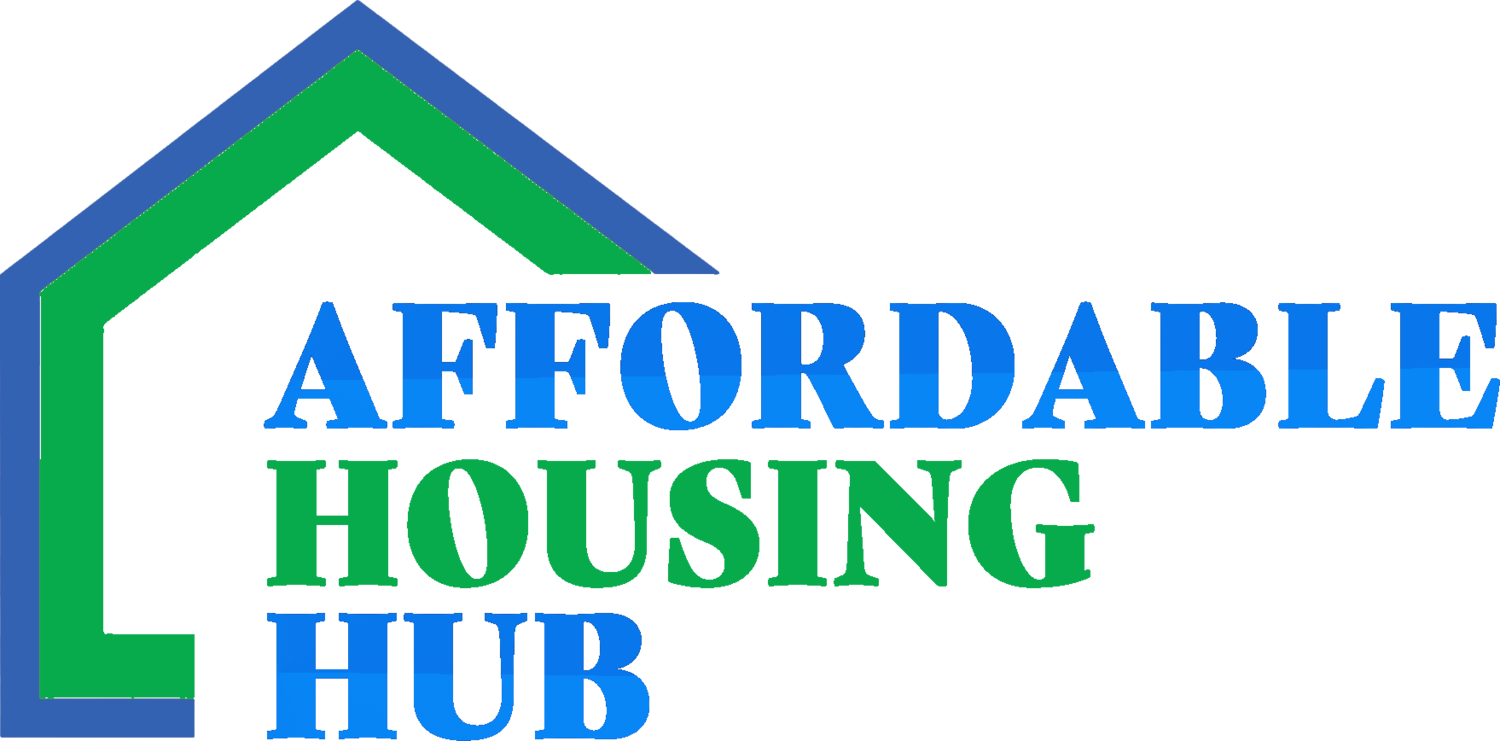Texas Emergency Rental Assistance: 2025 Application Guide
/If you’re worried about an upcoming rent payment, it’s natural to experience a range of challenging emotions — ranging from frustration and anxiety to despair. However, for some residents, assistance may be available in Texas. If you’re looking for emergency rental assistance in Texas, read on. We’ll explore some of the resources that may be available.
Texas Emergency Rental Assistance Information Programs
Here are a few programs that can help you in your search for emergency rental assistance programs in your area of Texas.
Apartment Association
The Texas Apartment Association offers resources to help Texans in need connect with and learn about potential rental assistance and other support programs in the state. You can find information on their website regarding finding assistance on this page.
Texas 211
Texas 211, from the Texas Health and Human Services Commission, is designed to help Texans in need connect with services and resources for a number of reasons.
Ranging from assistance with crises and emergencies to financial and housing assistance, the program is designed to help those in need find means of assistance and programs or organizations that can help support them. You can visit their website to learn more here, or simply dial 211 if you’re in Texas.
ConnectATX
ConnectATX is a portal that Austin residents can use to find resources near them, including, potentially, rental assistance programs.
Popular Emergency Rental Assistance Programs in Texas
Here are some emergency rental assistance programs available in certain areas and across the state of Texas.
Harris County Housing and Community Development
Harris County’s Office of Housing and Community Development is aimed at helping residents of Harris County, including Houstonians, find assistance and support in housing and community matters. If you’re looking for rental assistance in Houston TX, they may have resources to help you get started.
They offer a Rental/Mortgage Assistance program that can help connect you with one-time assistance for emergency rent support. You can apply on their website by clicking the large red button to your left on this page.
Qualifications might include having a valid state or federal ID, being below 80% of the median income in Harris County, residing in Harris County, presenting a valid W9 from your landlord, proof of income, and more. To learn more or find out if you’re eligible, you can reach the Harris County Social Services Department at 713 696-7900. You can also visit their website to learn more.
City of San Antonio
If you’re located in San Antonio, you may be looking for specific emergency rental assistance in San Antonio TX. The City of San Antonio offered rental assistance to eligible individuals and households through the Housing Assistance Program (HAP), aimed at easing burdens associated with the COVID-19 pandemic. While the program is closed as of May 24, 2024, if you have an active application already, you can check the status of it on their website here.
If you’re seeking financial relief that could help you get back on your feet and make your next rent bill indirectly, you may be interested in the CPS Energy Utility Assistance and the Affordability Discount Program Application. You can apply for this program online.
Archdiocese of San Antonio
Texans can find resources through the Archdiocese of San Antonio. The archdiocese may be able to help you with services, financial assistance, or contact information for your nearest archdiocese for more resources.
HUD Section 8 Housing Choice Voucher Program
The Section 8 Housing Choice Voucher Program aims to ease burdens associated with rent costs through subsidies paid directly to private landlords and may be available to eligible Texans. You can review information on the program on The Texas Department of Housing and Community Affairs website.
To qualify, however, you may need to meet certain requirements, such as not exceeding 50% of the median household income for your area, certain citizenship or immigration status requirements, your household size, and more. It’s administered through public housing authorities.
Additionally, the Veteran Assistance Supportive Housing (VASH) Program combines the Housing Choice Voucher program with services from the VA in order to support Texas veterans seeking rental assistance.
Getting Help for Your Texas Home
Worrying about rent can be a challenging ordeal. It’s natural to experience stress, frustration, and even fear, as you worry about losing your home or becoming evicted. Remember, though, you’re not alone. There may even be assistance programs available to you that you’re eligible for, depending on your circumstances, where you live, income level, and other important factors.
If you’re interested in learning more, don’t hesitate to check out more of our resources, including our struggling to pay rent overview.










